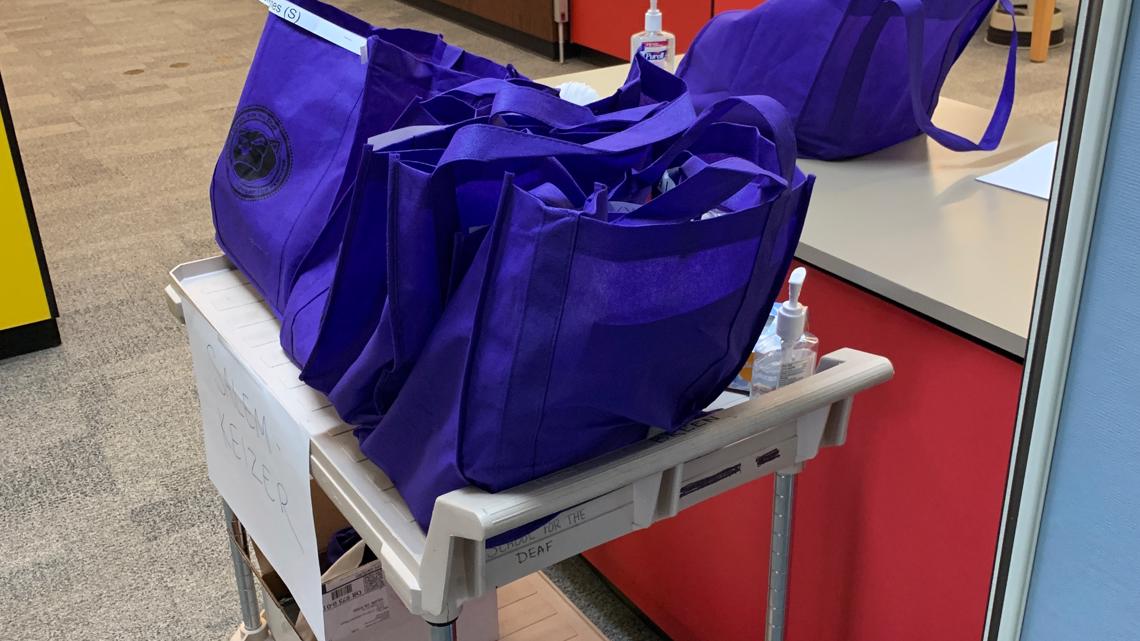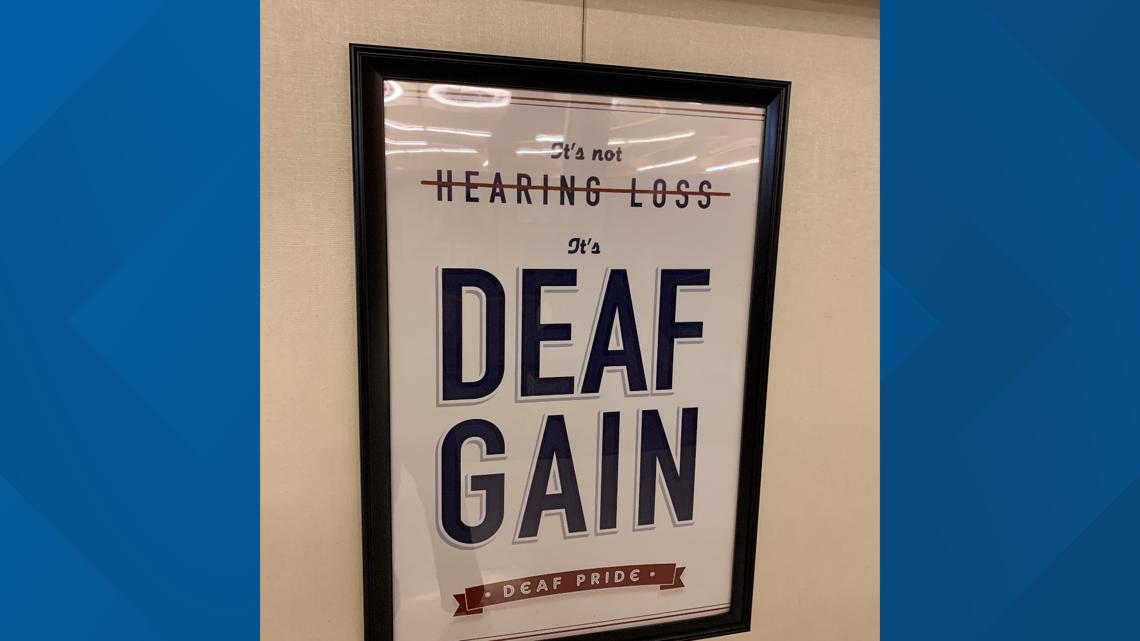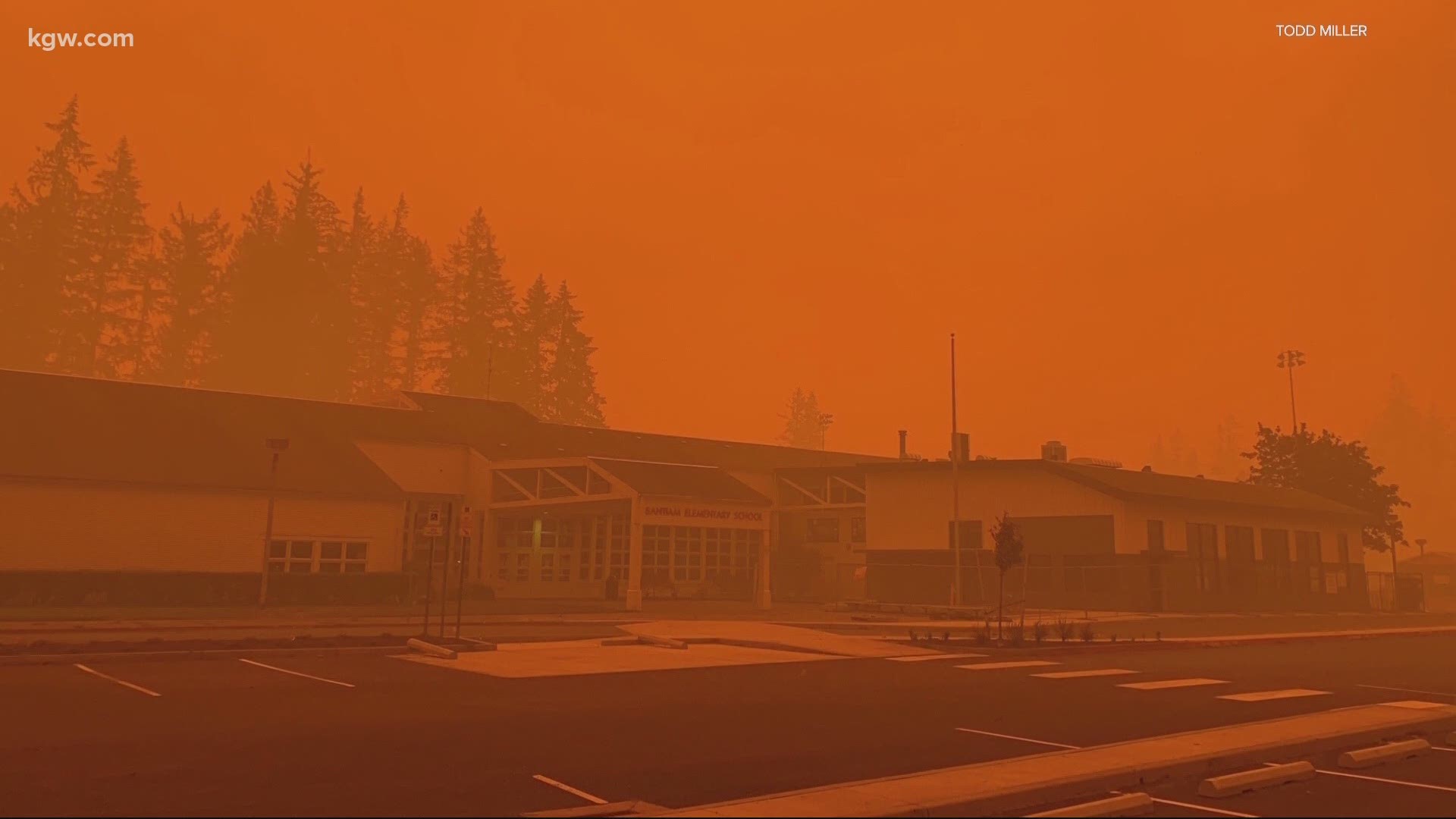SALEM, Ore — Distance learning has been a challenge for students all over and it’s no exception for kids who are deaf or hard of hearing.
We checked in with the Oregon School for the Deaf to see how they’re dealing with online learning in their second official week of school. The director of the school, Sharla Jones, said she and her staff are coping the best they can.
“Our staff are scattered around 10 counties and our students cover 20 counties,” said Jones.
Last week was the first week of school for the 120 students who attend. This fall start was different not only because of distance learning, but also because of the wildfires. Jones said there are a handful of students who are in areas affected. She remembers a conversation she had with a grandmother who lived in an evacuation zone and had to pack up with her grandson and leave. She wasn’t fluent in sign language.
“We were on FaceTime and she just had me sign with the student and kind of check mentally how are you doing? Are you feeling OK? Are you sad? Are you worried about the pets' because grandma wanted to know,” Jones said.
Jones has also reassured students who have had to miss class due to the wildfires.
As far as distance learning, supply bags have been picked up or staff members have delivered them to students across Oregon.
“They’ve kicked in and they’re delivering things masked up and supporting our families all over Oregon. It’s amazing. People really pull together and do what has to be done,” said Jones.


But the challenges of learning online are still present. In regards to kids who are deaf or hard of hearing, if they aren’t looking at their screens, they may miss something.
“In deaf culture, you can get their attention by tapping on the shoulder or arm, waving, flicking the lights,” Jones said.
When kids are at home where there could be a multitude of distractions, it can be hard to get and maintain attention. Jones said while nothing can replace in-person learning, deaf students are not at a disadvantage in the distance learning climate. She said families and teachers are feeling grateful.
Because they rely so much on the visual component, technology that allows for things like video chats, helps make life a little easier.
“I mean this couldn’t have been as successful if this was several years ago, without iPads with a camera, without video phones, without all the technology we just enjoy and take for granted now. This is what’s making it possible for us to carry on,” said Jones.


Under typical circumstances, about 70% of students live in dorms on campus during the week and go home on the weekends. During that time, they’d be surrounded by other deaf adults who become role models.
“When adults are around you signing away, talking about the game last night or a movie they saw on the weekend, deaf children are watching all around them, these conversations and they’re picking up life skills,” said Jones.
She said one of the biggest hurdles in terms of distance learning involves communication. She’s been working hard to make sure parents who are Spanish speakers, as well as families who speak other languages, get the information they need.
For now, the hope is that in-person school starts up soon. Jones said once schools get the green light for in-person instruction, staff at the school are ready with see-through masks to help with lip reading, thermometers and sanitation wipes.
Jones said the school also has a plan for social distancing in classrooms. For kids living on campus, each student will have their own dorm room.


